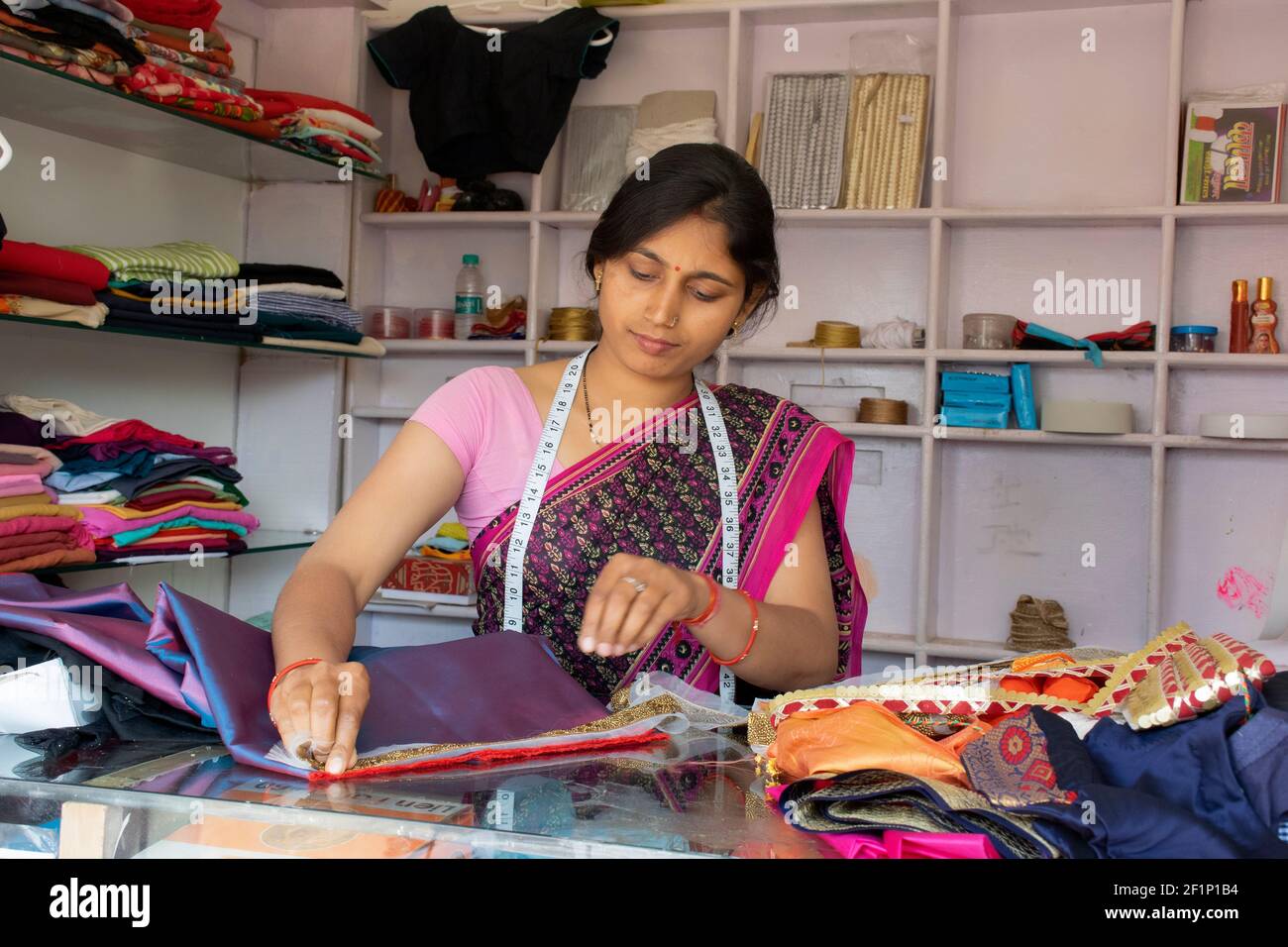Find the most effective Tailor Perth: Premium Tailoring for Distinct Style
Find the most effective Tailor Perth: Premium Tailoring for Distinct Style
Blog Article
Recognizing the Tailoring Process: From Textile Selection to Last Fitting for the Perfect Wardrobe
The tailoring procedure is a complicated interaction of art and scientific research, starting with the essential choice of fabric choice and finishing in the specific modifications of last installations. Each fabric kind brings distinct top qualities that affect not only the visual allure but additionally the garment's longevity and suitability for different celebrations.
Relevance of Material Choice
Picking the best textile is important in the customizing procedure, as it straight affects the comfort, toughness, and general visual of the final garment (tailor perth). The choice of textile sets the foundation for the garment's design, performance, and performance. Different textiles have one-of-a-kind homes, such as stretch, weight, and breathability, which can considerably affect just how the garment drapes and fits the body
Furthermore, material option affects the garment's longevity and ease of care. High-grade fabrics can withstand damage, preserving their appearance and framework gradually, while lower-quality products may lead to pilling or fading. Furthermore, the ideal material adds to the garment's capability to change throughout seasons and celebrations, consequently improving flexibility.
A customized item made from an appropriate textile not only showcases craftsmanship however also boosts the user's confidence. Recognizing the subtleties of fabric choice is vital for any type of tailoring undertaking. It guarantees that the last product not just meets the aesthetic desires of the customer however additionally straightens with functional needs, therefore achieving an unified balance between type and feature in the tailored wardrobe.
Sorts Of Fabrics and Their Usages
Comprehending the different kinds of materials readily available is crucial for making educated choices during the tailoring procedure. Each textile possesses one-of-a-kind features that dictate its viability for specific garments and events.
Cotton, known for its breathability and gentleness, is optimal for casual wear and summer season garments. Its versatility allows it to be customized right into everything from shirts to dresses. Woollen, on the other hand, is preferred for its heat and framework, making it a superb choice for formal suits and outerwear - tailor perth. Its natural flexibility aids garments preserve form with time.
Silk exudes deluxe and is light-weight, making it ideal for eveningwear and delicate shirts; however, it needs mindful handling because of its frailty. Linen, with its distinctive surface, is a preferred option for warm climates, offering a airy and crisp feeling, but it wrinkles easily, which may affect the garment's look.
Synthetic textiles, such as polyester and nylon, deal resilience and resistance to wrinkles, making them appropriate for day-to-day wear and energetic apparel. Recognizing these textile kinds and their residential or commercial properties enables far better decision-making, guaranteeing that each tailored item not only fits well yet additionally straightens with the desired purpose and celebration.
The Tailoring Strategies Described
The art of customizing relies on a range of strategies that change textile into well-fitted garments. Central to this process is pattern composing, where a dressmaker develops themes based upon the client's measurements and wanted style. This preliminary step guarantees that the garment will certainly fit the user appropriately prior to any type of cutting takes place.
Once patterns are developed, reducing techniques enter play. Accuracy is vital as errors can cause misfitting garments. Tailors frequently use various cutting approaches, such as single-layer reducing for intricate layouts Website and multiple-layer cutting for performance on standard patterns.
Basting is another essential strategy, permitting dressmakers to momentarily stitch textile assemble for a preliminary fitting. This approach offers the opportunity to examine the drape and general silhouette before last sewing.
Seaming methods, including flat-felled seams and French joints, boost the garment's longevity and aesthetic charm. Tailors additionally employ methods such as interfacing and extra padding to offer framework and shape to certain locations, like shoulders and collars.
Last but not least, finishing methods, consisting of hemming and side finishing, guarantee the garment's longevity while supplying a sleek appearance. With each other, these techniques form the backbone of reliable customizing, resulting in splendid, tailor-made garments.
Suitable Adjustments and Factors To Consider

Trick considerations include the shoulder fit, which must neither sag nor restrict motion, and the sleeve size, which should enable comfy arm motion while keeping a polished look. In addition, changes at the waist can fine-tune the shape, with alternatives to allow out or absorb material as needed.
The increase of pants is one more vital element; it This Site needs to sit pleasantly over the hips without creating discomfort, enabling convenience of motion. Hemming sizes for both pants and skirts need to mirror the wearer's favored style while respecting proportions.

Maintaining Your Tailored Garments
Constantly adhere to the treatment label guidelines, which may advise dry cleansing for fragile textiles or equipment cleaning for even more long lasting products. Avoid regular laundering, as this can put on down the material and alter the garment's form.
Storage space is similarly crucial; use cushioned wall mounts for coats and layers to maintain shoulder structure, and store pants folded neatly or hung to avoid creasing. Secure garments from direct sunlight, which can fade shades and damage fibers.
Additionally, periodic inspections for small repair services can avoid larger problems. Examine for loosened switches, tearing seams, or indicators of moth damages, resolving these problems without delay to preserve the garment's honesty.
Lastly, think about seasonal rotation. Using see here tailored items in small amounts allows fabrics to recoup, prolonging their life-span. By applying these upkeep techniques, you can make sure that your tailored garments stay as immaculate as the day you initially used them, boosting your optimal closet for years to find.
Conclusion
The tailoring process, including material selection, knowledgeable methods, and exact fitting changes, plays an essential role in developing garments that improve both comfort and style. Each phase adds to the general effectiveness of the last product, guaranteeing that clothes not only fits well yet likewise mirrors private identification. Furthermore, comprehending the importance of maintenance extends the life of tailored garments, strengthening their value in a well-curated wardrobe. A comprehensive strategy to tailoring culminates in a sleek and positive appearance.
Selecting the best textile is essential in the customizing process, as it directly influences the convenience, durability, and overall aesthetic of the last garment. The option of textile sets the foundation for the garment's functionality, design, and performance. Different fabrics have special residential or commercial properties, such as weight, breathability, and stretch, which can substantially impact how the garment drapes and fits the body.
The art of customizing relies on a selection of methods that transform material into well-fitted garments.The customizing process, incorporating material option, knowledgeable methods, and precise suitable modifications, plays a crucial function in producing garments that enhance both convenience and design.
Report this page